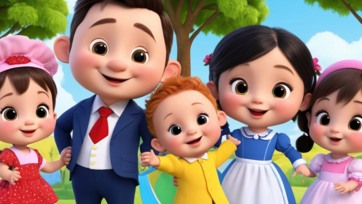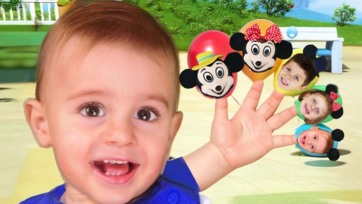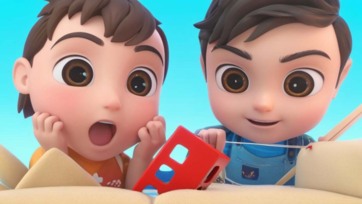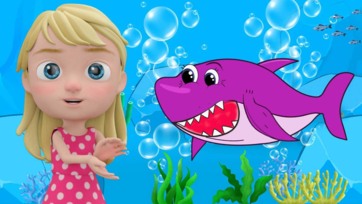Understanding the Basics of Electricity: A Kid-Friendly Guide
Electricity is all around us! It powers our homes, lights up our devices, and keeps many of the things we use every day running smoothly. But how does electricity actually work? Let’s dive into the basics of electricity in a fun and simple way to help kids understand what it is and why it’s so important.
What is Electricity?
Electricity is a form of energy that comes from the movement of tiny particles called electrons. These electrons are part of atoms, the tiny building blocks of everything around us. When electrons move through materials like wires, we get electric current, which is what powers devices like lights, TVs, and computers.
Think of electricity like water flowing through a pipe. The electrons flow through a wire in the same way water flows through a hose. This flow of electrons creates the energy needed to turn things on and make them work.
How Does Electricity Travel?
Electricity needs a path to travel, and it uses circuits to get from one place to another. A circuit is like a loop that electricity can move through. For example, when you flip a switch to turn on a light, you’re completing the circuit, allowing electricity to flow through and light up the bulb. When you turn the switch off, the circuit breaks, and the electricity stops flowing, so the light goes out.
There are two main types of circuits:
Series Circuit: In a series circuit, everything is connected in one big loop. If one part of the loop breaks (like a lightbulb burning out), the whole circuit stops working.
Parallel Circuit: In a parallel circuit, each device has its own path to electricity. If one part breaks, the rest of the devices keep working because they’re on their own paths.
Conductors and Insulators
Not all materials let electricity flow through them. Materials that allow electricity to pass through easily are called conductors. Most metals, like copper and aluminum, are good conductors, which is why wires are usually made out of these materials.
Other materials, like plastic, rubber, and wood, are called insulators. These materials block the flow of electricity, making them great for protecting us from electric shocks. The plastic coating on electrical wires, for example, acts as an insulator to keep us safe.
How Do We Make Electricity?
There are many ways to make electricity, but most of the electricity we use comes from power plants. These plants use different sources to generate electricity, such as:
Fossil Fuels: Power plants burn coal, oil, or natural gas to create heat, which turns water into steam. This steam spins a turbine, which generates electricity.
Hydropower: Moving water, like that from a river or dam, spins a turbine to generate electricity.
Solar Power: Solar panels capture energy from the sun and turn it into electricity.
Wind Power: Wind turbines capture the wind’s energy and convert it into electricity.
What is Static Electricity?
Have you ever rubbed a balloon on your hair and watched it stick to the wall? Or felt a little shock when touching a doorknob after walking on a carpet? That’s static electricity!
Static electricity happens when electrons build up on an object, giving it an electric charge. When these electrons jump from one object to another, you might feel a small shock. This kind of electricity doesn’t flow like the electricity we use to power our devices—it stays in one place until it finds a way to move.
What are Circuits Used For?
Electric circuits are the key to making all our electronic devices work. Here are some examples of how circuits are used in everyday life:
Lights: When you turn on a light, you complete the circuit, allowing electricity to flow to the bulb.
TVs and Computers: Circuits inside these devices help power the screen, speakers, and other important parts.
Toys: Many battery-powered toys have small circuits inside them that help them move, make sounds, or light up.
Each of these circuits works in its own unique way, but they all rely on the same basic principle: electricity flows through a complete circuit to power devices.
Staying Safe Around Electricity
Electricity is powerful and super useful, but it can also be dangerous if not handled correctly. Here are some important tips for staying safe around electricity:
Don’t play with electrical outlets. These outlets are connected to live circuits, and if you stick something in them, you could get shocked.
Keep water away from electrical devices. Water is a conductor of electricity, which means it helps electricity flow. That’s why it’s important to keep electronics, like phones or hair dryers, away from sinks, tubs, or pools.
Use insulated wires. When working on a project involving electricity (like making a simple circuit), always use wires with a plastic coating to avoid electric shocks.
Don’t overload outlets. Plugging too many devices into one outlet can cause it to overheat, which is a fire hazard.
Ask for help when needed. If you’re not sure about something electrical, always ask an adult or a professional for help.
Fun Experiments to Try
Want to see electricity in action? Here are a couple of fun experiments you can try at home (with an adult’s help):
Simple Circuit:
Use a battery, some wires, and a small lightbulb to create your own circuit. Connect the battery to the lightbulb using the wires, and watch the bulb light up when the circuit is complete!
Static Electricity Balloon:
Rub a balloon on your hair for about 10 seconds, then stick it to a wall or try picking up small pieces of paper with it. This is static electricity at work!
Conclusion
Electricity is an amazing and powerful force that we use every day. From lighting up our homes to powering our favorite gadgets, understanding how electricity works can make you appreciate all the ways it helps us. With the basics of circuits, conductors, insulators, and how electricity is generated, you can start experimenting and learning more about this fascinating form of energy. Just remember to always stay safe around electricity!






